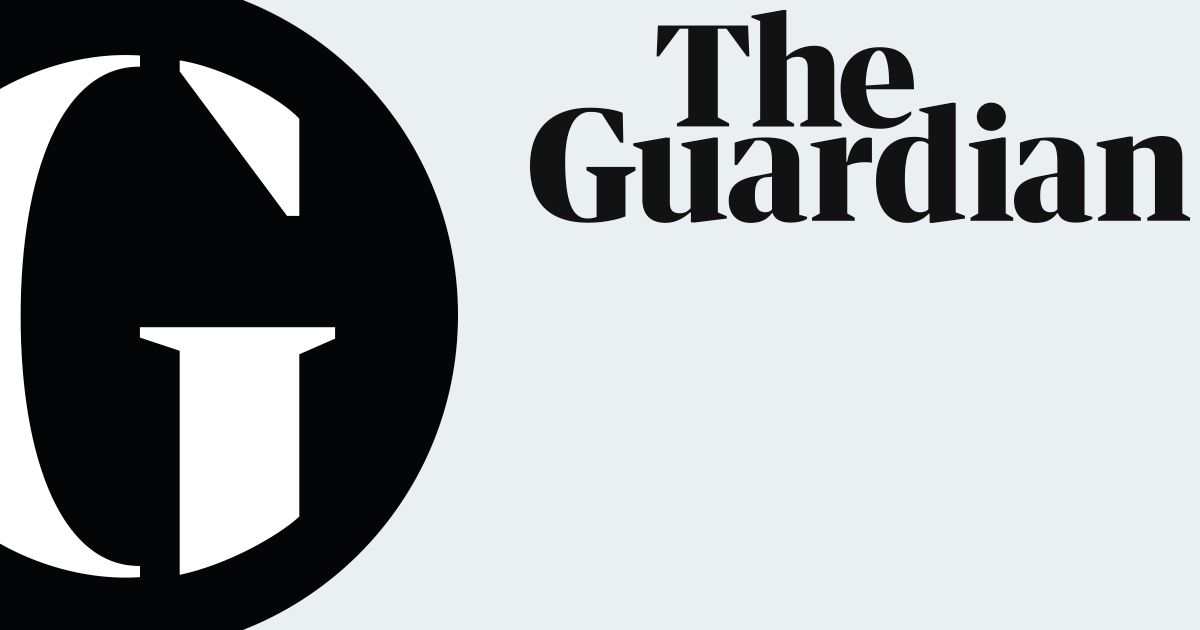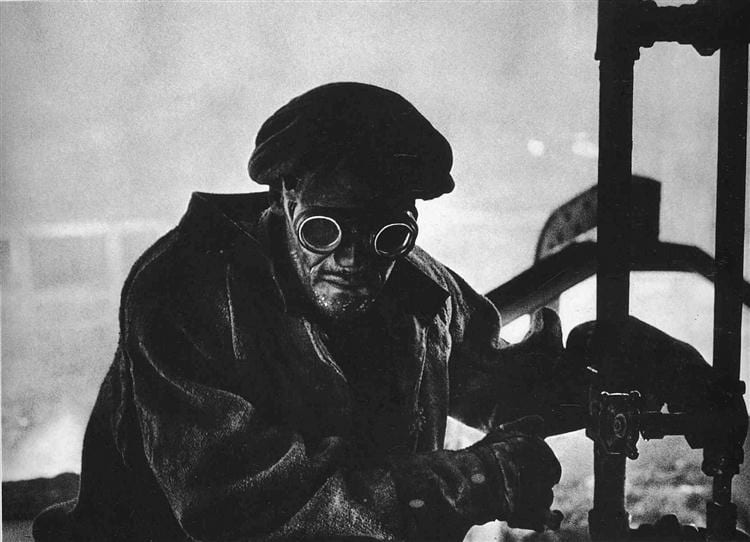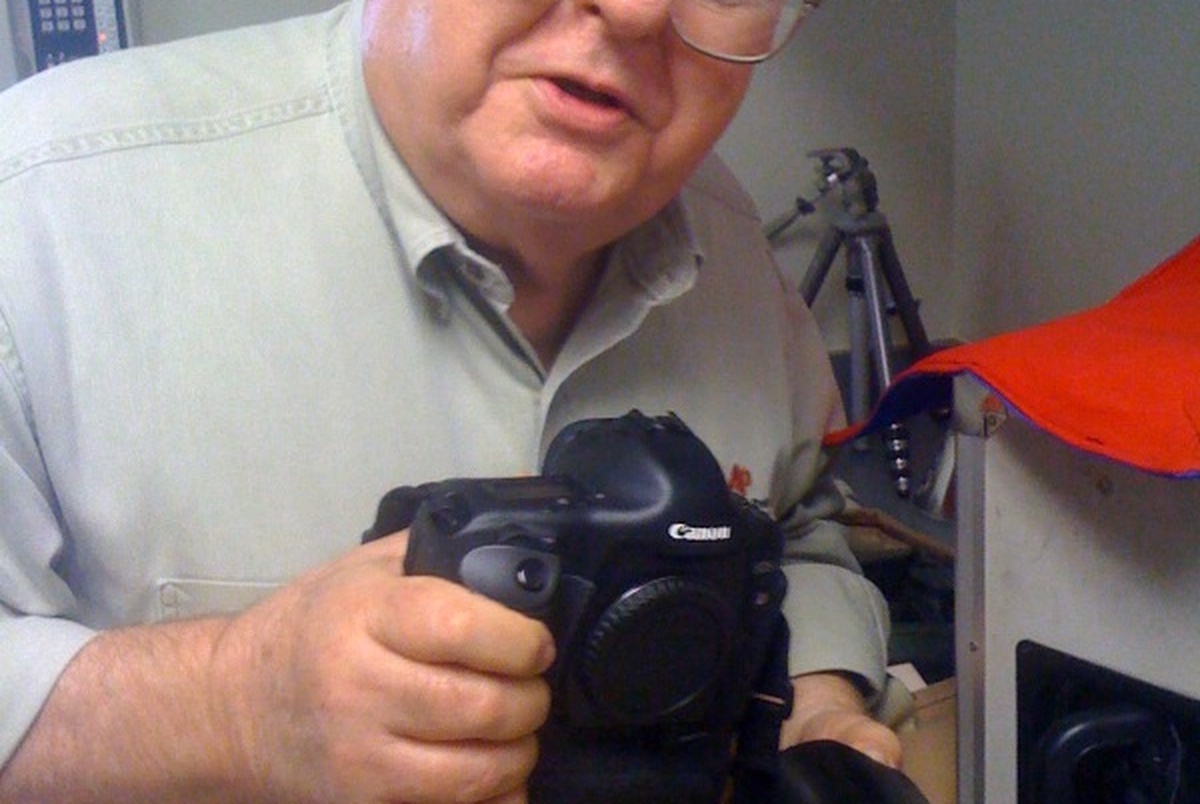Open door: The readers’ editor on… death and sorrow in pictures
Siobhain Butterworth: The readers’ editor on… death and sorrow in pictures
via the Guardian: http://www.guardian.co.uk/commentisfree/2009/dec/14/open-door-photography-grief-afghanistan
A picture can raise as many ethical questions as a thousand words, as two recent images show. The first, a photograph of a murdered young woman lying on a street in El Salvador – eyes open, mouth slack, legs and arms outstretched; the second, an image of a child crying at her father’s funeral.







